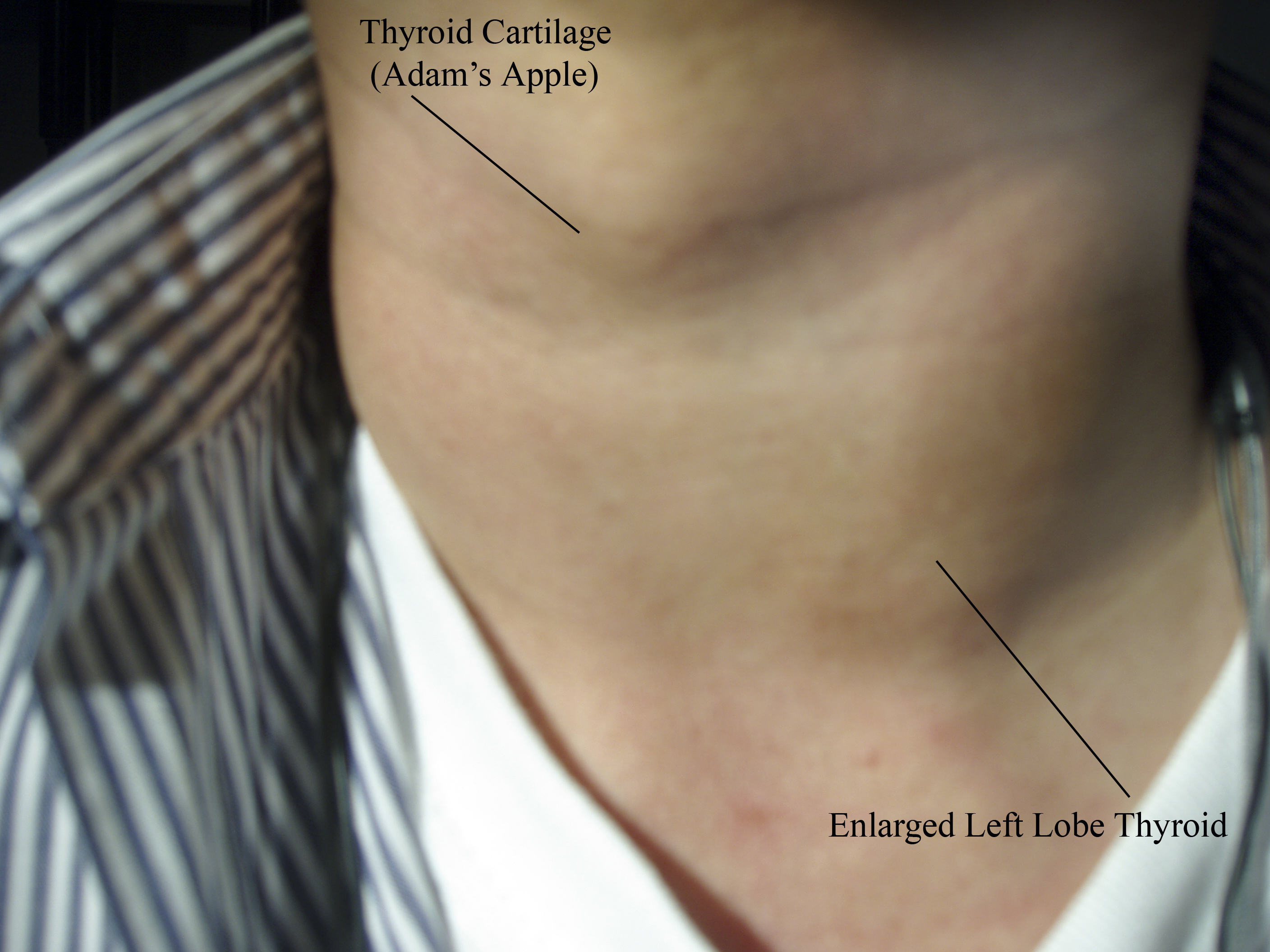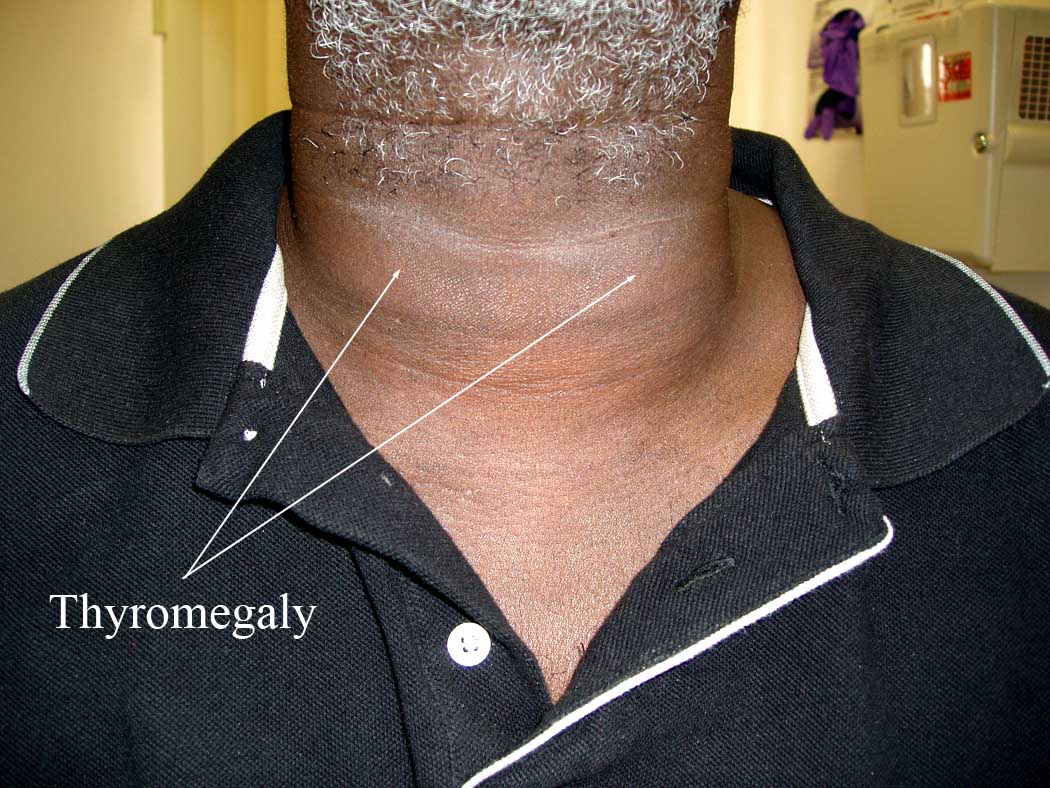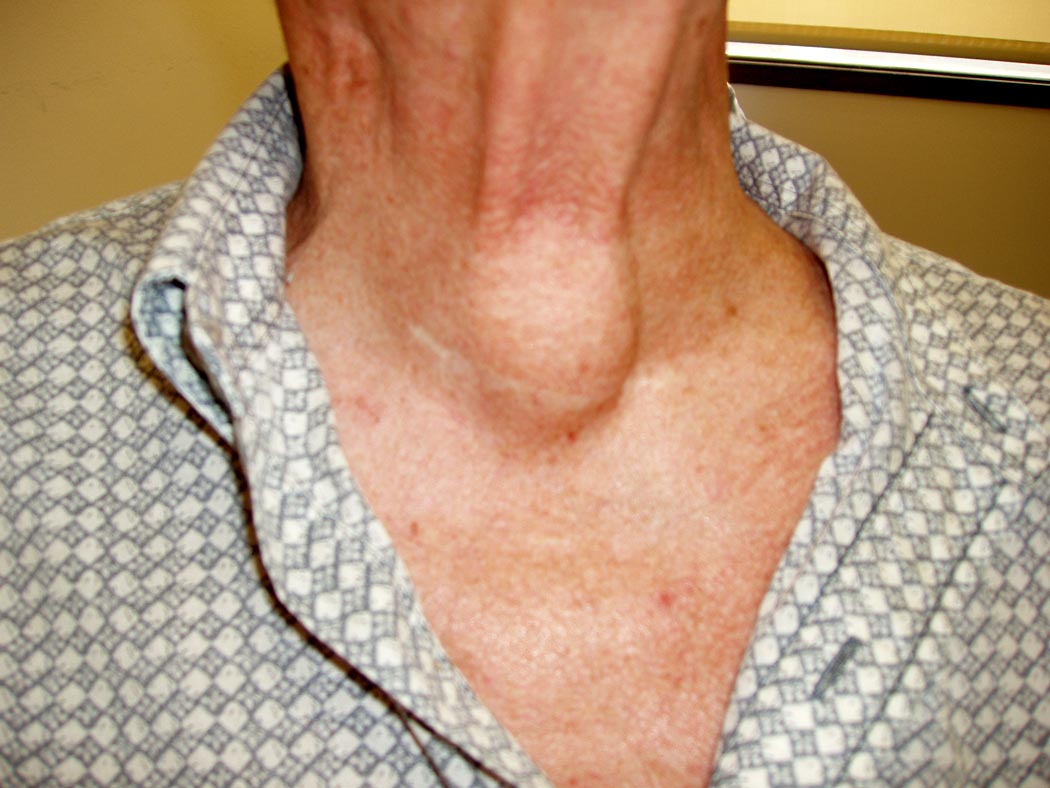Sandbox/01
| Sandbox/01 | |
 | |
|---|---|
| A woman with a goiter. | |
| ICD-10 | E01.0-E01.2 |
| ICD-9 | 240.9 |
| DiseasesDB | 5332 |
| MedlinePlus | 001178 |
| MeSH | Goiter |
|
WikiDoc Resources for Sandbox/01 |
|
Articles |
|---|
|
Most recent articles on Sandbox/01 |
|
Media |
|
Evidence Based Medicine |
|
Clinical Trials |
|
Ongoing Trials on Sandbox/01 at Clinical Trials.gov Clinical Trials on Sandbox/01 at Google
|
|
Guidelines / Policies / Govt |
|
US National Guidelines Clearinghouse on Sandbox/01
|
|
Books |
|
News |
|
Commentary |
|
Definitions |
|
Patient Resources / Community |
|
Patient resources on Sandbox/01 Discussion groups on Sandbox/01 Patient Handouts on Sandbox/01 Directions to Hospitals Treating Sandbox/01 Risk calculators and risk factors for Sandbox/01
|
|
Healthcare Provider Resources |
|
Causes & Risk Factors for Sandbox/01 |
|
Continuing Medical Education (CME) |
|
International |
|
|
|
Business |
|
Experimental / Informatics |
Editor-In-Chief: C. Michael Gibson, M.S., M.D. [1]
Overview
Goiter is defined as an enlargement of the thyroid gland.
Etymology
A goitre (BrE), or goiter (AmE) (Latin struma), also called a bronchocele, is a swelling in the neck (just below Adam's apple or larynx) due to an enlarged thyroid gland.
Classification
They are classified in different ways:
- A "diffuse goitre" is a goitre that has spread through all of the thyroid (and can be a "simple goitre", or a "multinodular goitre").
- "Toxic goitre" refers to goitre with hyperthyroidism. These most commonly due to Graves disease, but can be caused by inflammation or a multinodular goitre.
- "Nontoxic goitre" (associated with normal or low thyroid levels) refers to all other types (such as that caused by lithium or certain other autoimmune diseases).
Epidemiology and Demographics
- Sporadic form more common in women: 8:1 (female:male)
Causes
Other causes are:
- Hashimoto's thyroiditis (E06.3)
- Graves-Basedow disease (E05.0)
- inborn errors of thyroid hormone synthesis, causing congenital hypothyroidism (E03.0)
- Thyroiditis (acute, chronic) (E06)
- Side-effects of pharmacological therapy (E03.2)
- Thyroid cancer
Occurrence
Iodine is necessary for the synthesis of the thyroid hormones triiodothyronine and thyroxine (T3 and T4). In conditions producing endemic goitre, when iodine is not available, these hormones cannot be made. In response to low thyroid hormones, the pituitary gland releases thyroid stimulating hormone (TSH). Thyroid stimulating hormone acts to increase synthesis of T3 and T4, but it also causes the thyroid gland to grow in size by increasing cell division.
Goitre is more common among women, but this includes the many types of goitre caused by autoimmune problems, and not only those caused by simple lack of iodine.
Diagnosis
Physical examination
- Inspection
- Palpation
(Images courtesy of Charlie Goldberg, M.D., UCSD School of Medicine and VA Medical Center, San Diego, CA)
Laboratory tests
Thyroid ultrasound
Differential Diagnosis
In alphabetical order. [1] [2]
Diffuse Goiter
- Acromegaly
- Acute thyroiditis
- Adenoma of the thyroid
- Amyloidosis
- Anaplastic carcinoma of the thyroid
- Benign and malignant thyroid gland tumors
- Calcium and fluorides in water
- Carcinosarcoma of the thyroid
- Chemicals
- Colloid nodule of the thyroid
- Compensatory hyperplasia after hemithyroidectomy
- Cyst
- Defects in thyroid hormone synthesis
- DeQuervain's Thyroiditis
- Drugs
- Excess thyroid stimulating hormone (TSH)
- Focal thyroiditis
- Follicular carcinoma of the Thyroid
- Goitrogenic vegetables (bamboo shoots, broccoli, cabbage, cassava, cauliflower, brussels sprouts, turnips)
- Grave's Disease
- Hashimoto's Thyroiditis
- Hematoma
- Hyperthyroidism
- Hypothyroidism
- Impairment of the thyroid hormone synthesis/enzyme defect
- Insulin-like growth factor
- Iodine deficiency
- Lymphoma
- Maternal antithyroid drug therapy
- Maternal iodine therapy
- Medullary carcinoma of the thyroid
- Menopause
- Metastases of extrathyroidal tumors
- Mixed papillary-follicular carcinoma of the thyroid
- Multiple adenomas
- Nontoxic nodular goiter
- Papillary carcinoma of the thyroid
- Paraneoplastic production of thyroid stimulating hormone (TSH)
- Parasite
- Parathyroid tumoral tissue
- Pregnancy
- Puberty
- Reidel's Thyroiditis
- Resistance to thyroid hormone
- Sarcoidosis
- Sarcoma
- Selenium deficiency
- Silent thyroiditis
- Squamous Cell Carcinoma of the thyroid
- Toxic multinodular goiter
- Thymic tumoral tissue
- Thyroid gland autonomy
- Thyroid growth immunoglobulins
- Thyroiditis
Hyperthyroid
- Chloriocarcinoma of the thyroid
- Embrional cell carcinoma of the testis
- Gestational stimulation by human chorionic gonadotropin
- Grave's Disease
- Hydatiform mole
- Pituitary resistence to thyroid hormone
- Thyroid stimulating hormone (TSH)-secreting pituitary gland tumor
- Thyroiditis
Other
- Carotid aneurysm
- Cystic hygroma
- Dermoid
- Hemangioma
- Lipoma
- Lymph node
- Parathyroid adenoma
- Teratoma
- Thyroglossal duct cyst
Treatment
Treatment for goitre may not be necessary if the goitre is small. Hypothyroidism should be treated, and this treatment often leads to a substantial reduction in the size of the goitre. Removal of the goitre may be necessary if it causes difficulty with breathing or swallowing. There is now an alternative to surgery in large goitres. Radioiodine therapy with or without the pre-injection of a synthetic thyroid stimulating hormone, TSH, can relieve obstruction and reduce the size of the goitre by 30-65%. But removal of a goitre requires removing the thyroid. The complete removal of the thyroid gland removes the body's ability to produce thyroid hormone. In this case, supplements of oral thyroxine are necessary to avoid harm from hypothyroidism.
History and future
Goitre was previously common in many areas that were deficient in iodine in the soil. For example, in the English Midlands, the condition was known as Derbyshire Neck. In the United States, goitre was found in the Midwest, and Intermountain regions. The condition now is practically absent in affluent nations, where table salt is supplemented with iodine. However, it is still prevalent in India,[3] Central Asia and Central Africa.
Some health workers fear that a resurgence of goitre might occur because of the trend to use rock salt and/or sea salt, which has not been fortified with iodine.
New research indicates that there may in fact be a tendency to inherit an increased vulnerability to goitre.
See also
- Struma ovarii (a kind of teratoma)
References
- ↑ Sailer, Christian, Wasner, Susanne. Differential Diagnosis Pocket. Hermosa Beach, CA: Borm Bruckmeir Publishing LLC, 2002:77 ISBN 1591032016
- ↑ Kahan, Scott, Smith, Ellen G. In A Page: Signs and Symptoms. Malden, Massachusetts: Blackwell Publishing, 2004:68 ISBN 140510368X
- ↑ "In Raising the World’s I.Q., the Secret’s in the Salt", article by Donald G. McNeil, Jr., December 16, 2006, New York Times
External links
- National Health Services, UK
- Network for Sustained Elimination of Iodine Deficiency
- Network for Sustained Elimination of Iodine Deficiency - alternate site at Emory University's School of Public Health
References
Suggested Reading and Key General References
Suggested Links and Web Resources
For Patients
ar:تورم درقي bs:Strume da:Struma de:Struma eu:Bozio id:Gondok it:Gozzo endemico he:זפקת no:Struma sv:Struma ta:முன்கழுத்துக் கழலை


